Inside the Clean Room with NASA's TESS Exoplanet Hunter (Images)
Planet Hunter
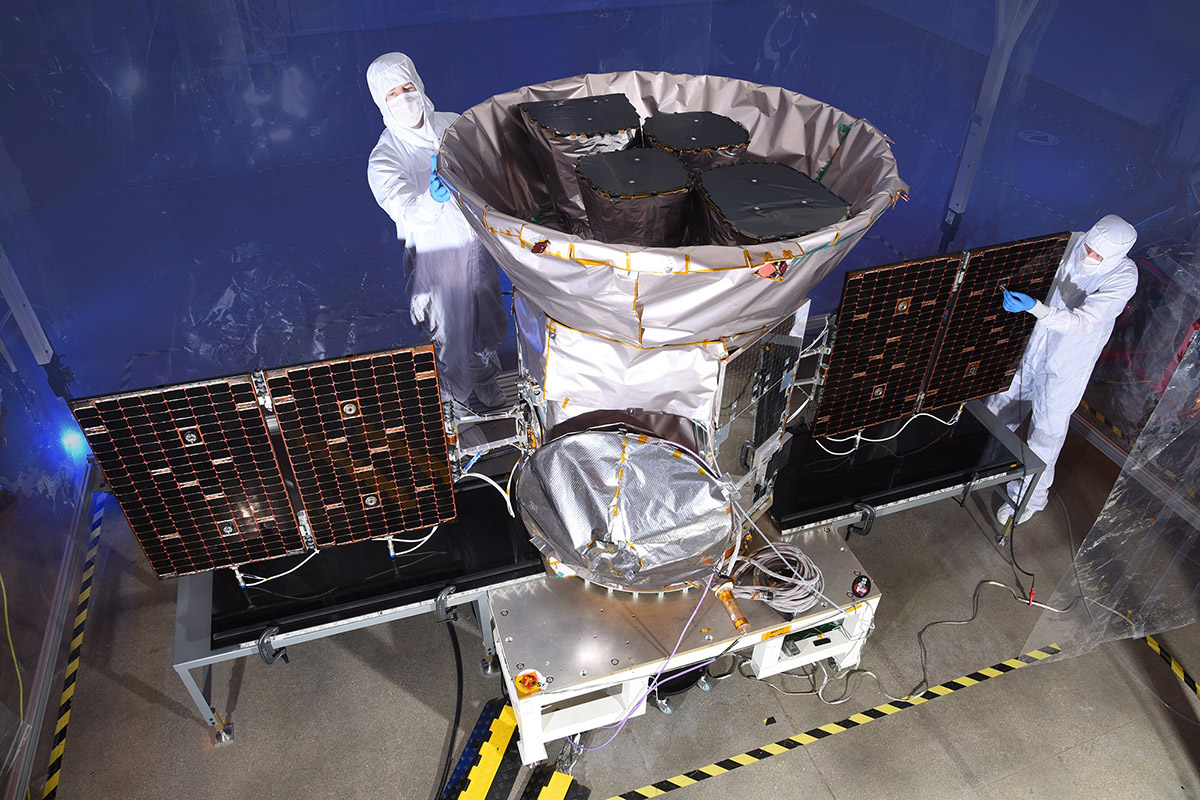
NASA's Transiting Exoplanet Survey Satellite (TESS) is compact but mighty, with a body just 5 feet (1.5 meters) wide. This planet hunter may end up discovering more alien worlds than NASA's famous Kepler space telescope.
3D Printing
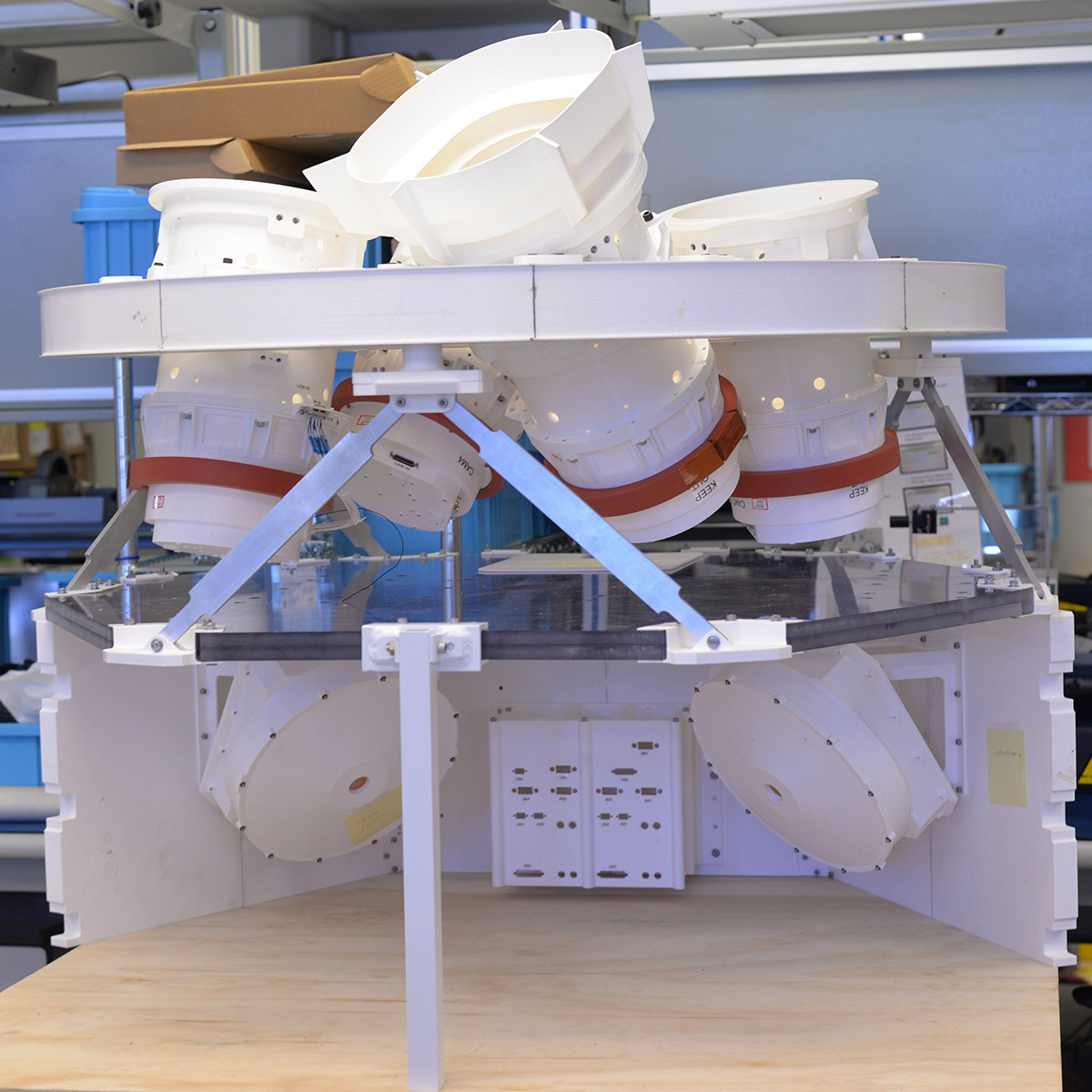
Engineers used 3D-printed parts to ensure that TESS would fit together just right.
ISO Planets
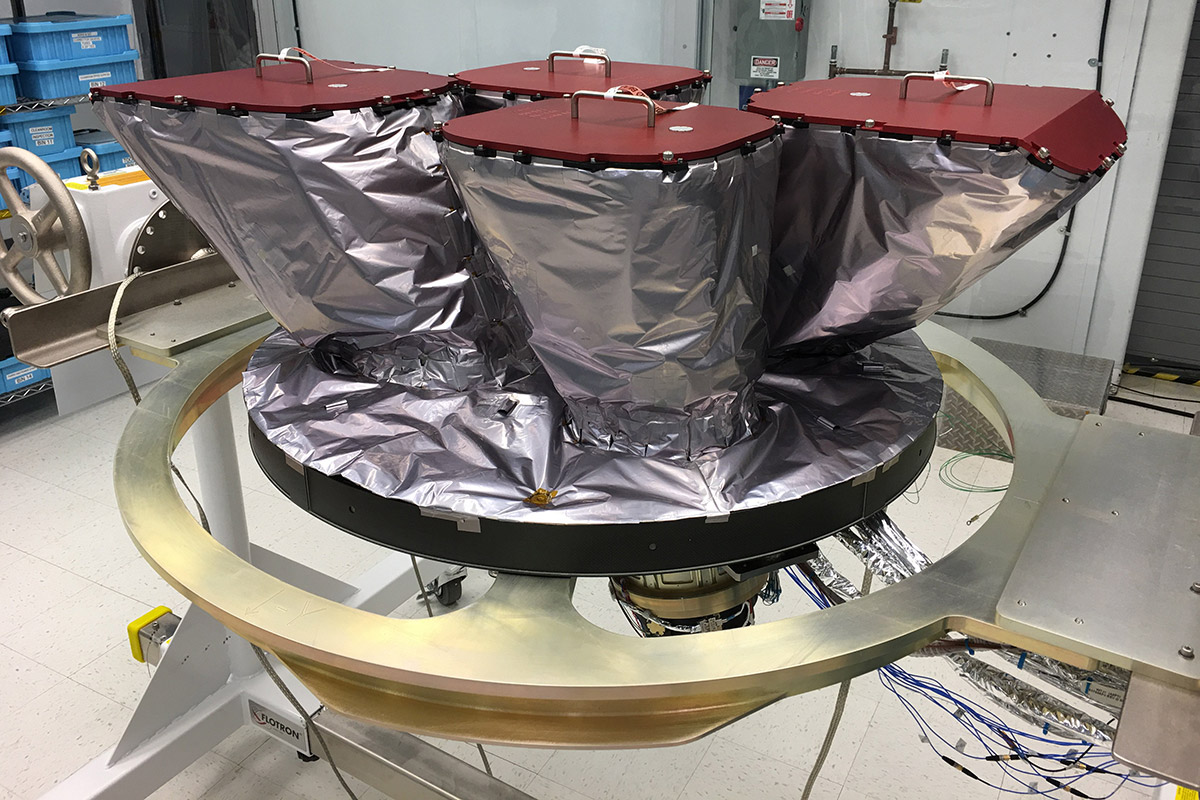
These four cameras are designed to allow TESS to spot a plethora of new and exciting exoplanet candidates in our own cosmic backyard.
Better to See
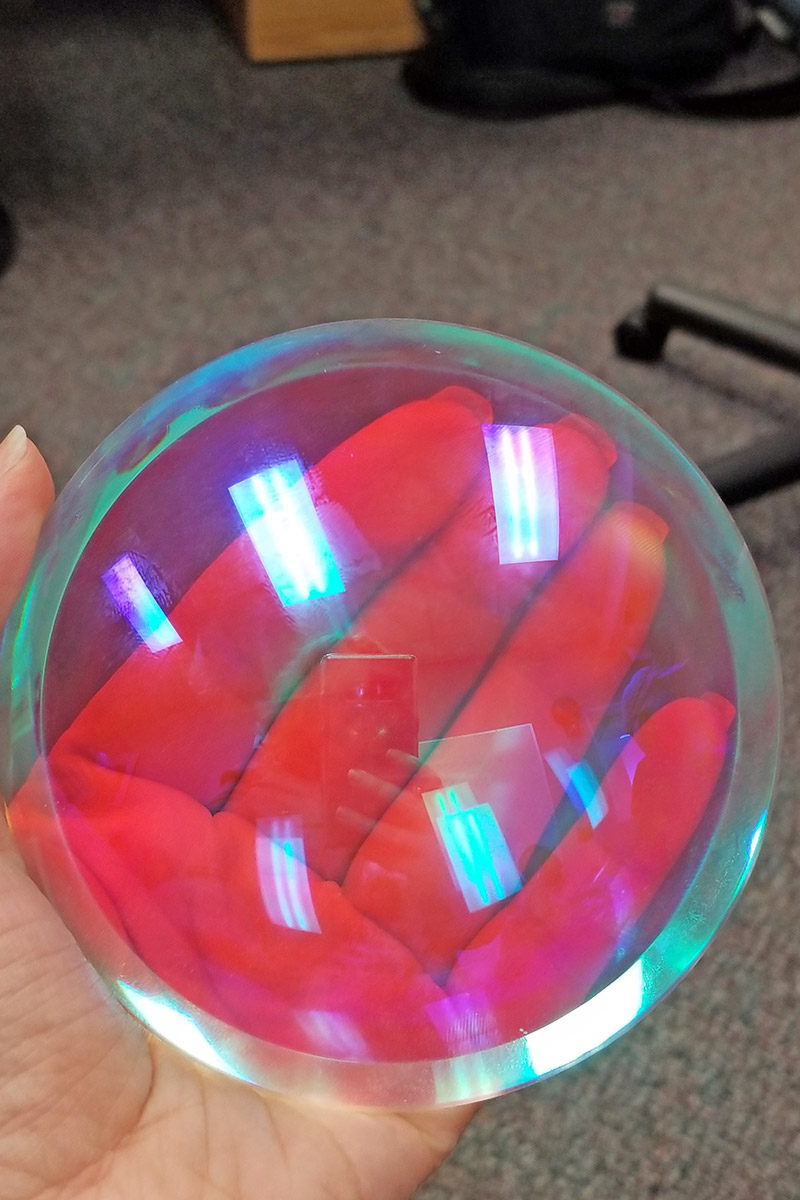
Each of the spacecraft’s four cameras is outfitted with a lens just like this one.
More to View
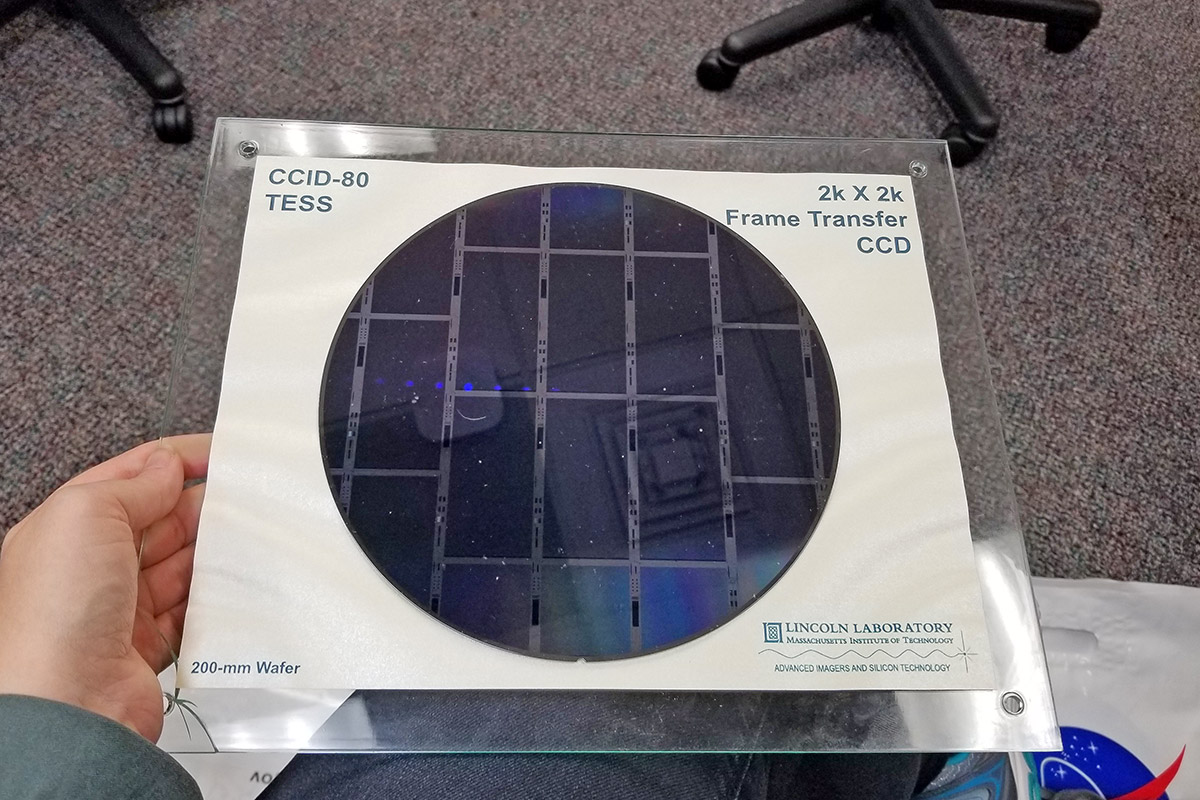
The spacecraft’s ultra-sensitive CCD cameras will collect the photons of 200,000 nearby stars, while searching for exoplanets. TESS will see much more of the sky than did Kepler, which focused on a single patch of sky during its four-year primary mission.
Just in Case
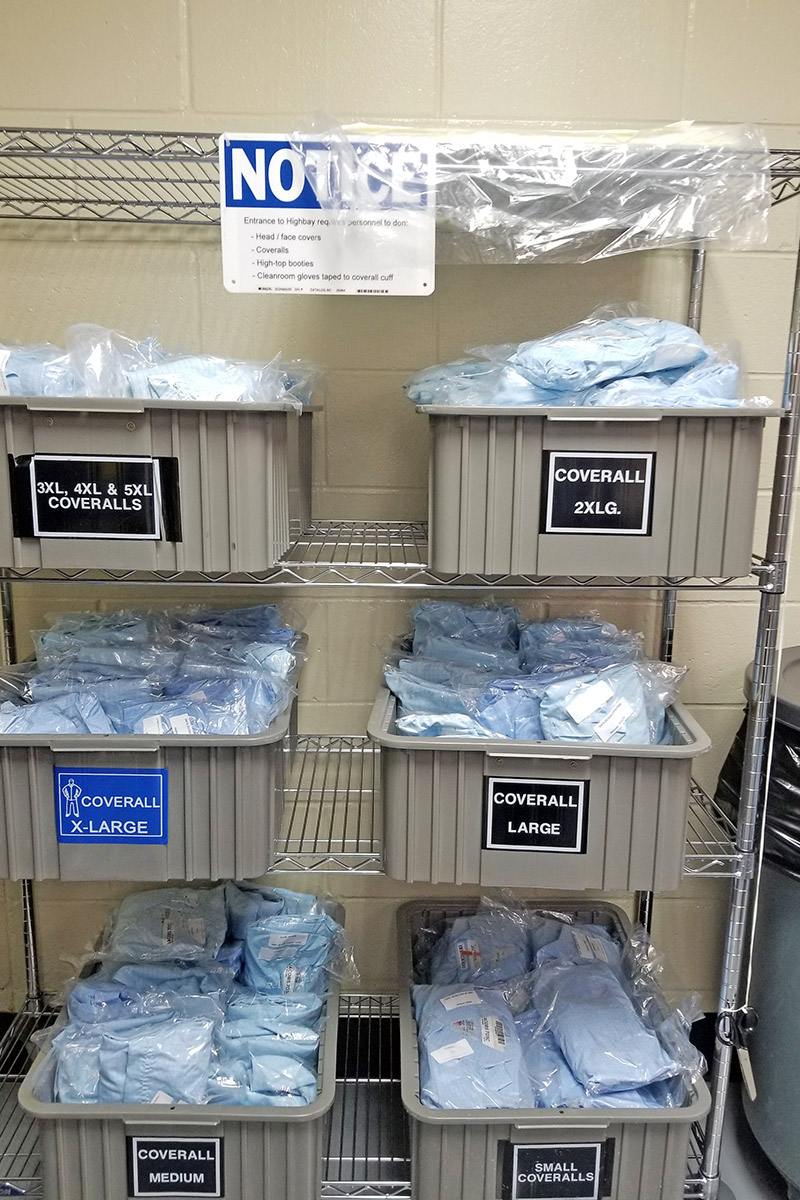
Suit up! Wearing protective clothing, known as a bunny suit, is a must for any clean-room visit, to ensure the spacecraft is not contaminated or the instruments damaged in any way.
Getting Ready to Go
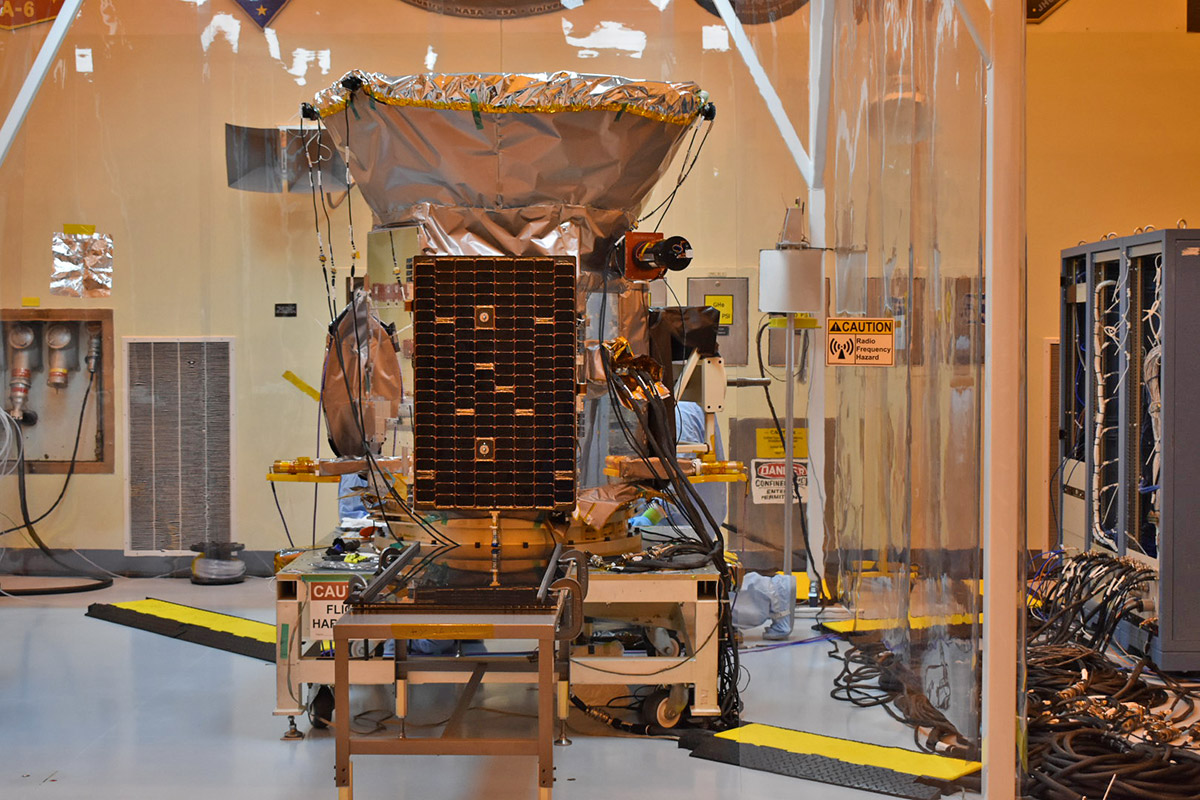
A view of TESS in the clean room as engineers prepare it for its planned April 16, 2018 launch.
Get the Space.com Newsletter
Breaking space news, the latest updates on rocket launches, skywatching events and more!
Testing, Testing
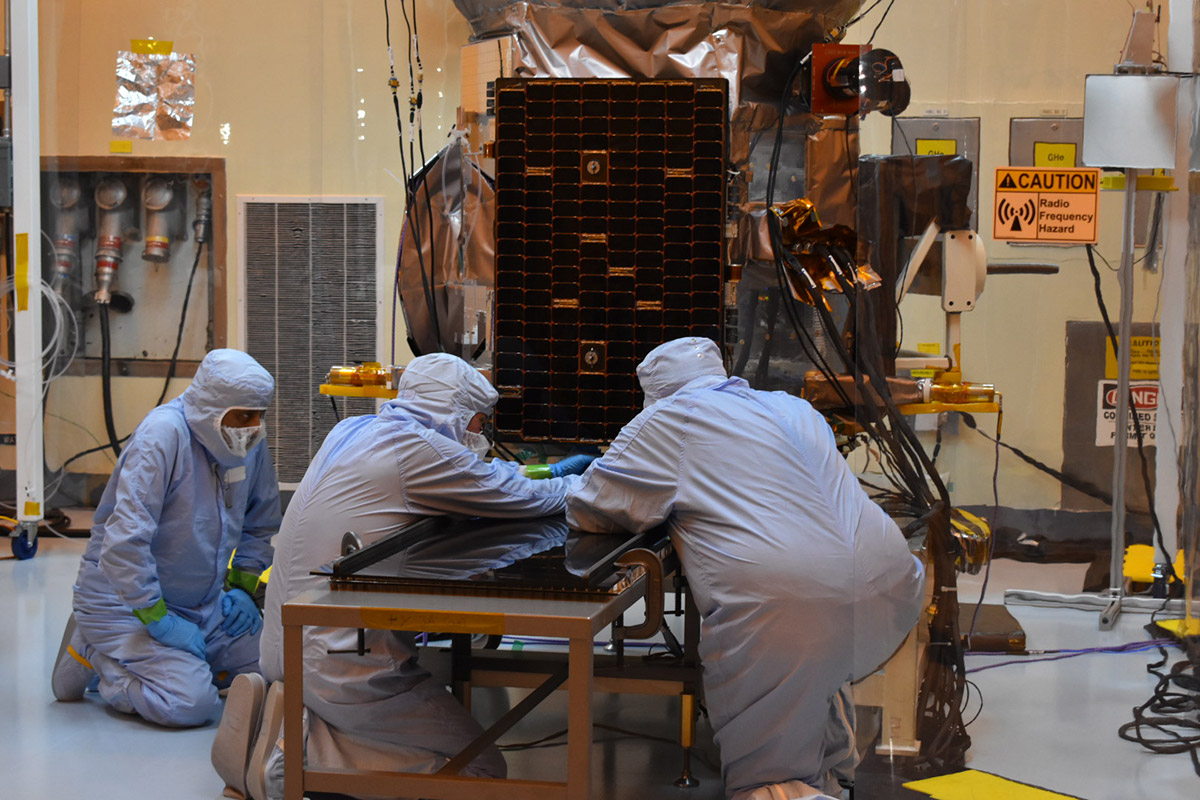
Engineers prepare to test TESS' solar arrays prior to the spacecraft's mating to its launch vehicle, a SpaceX Falcon 9 rocket.
Mode of Transport
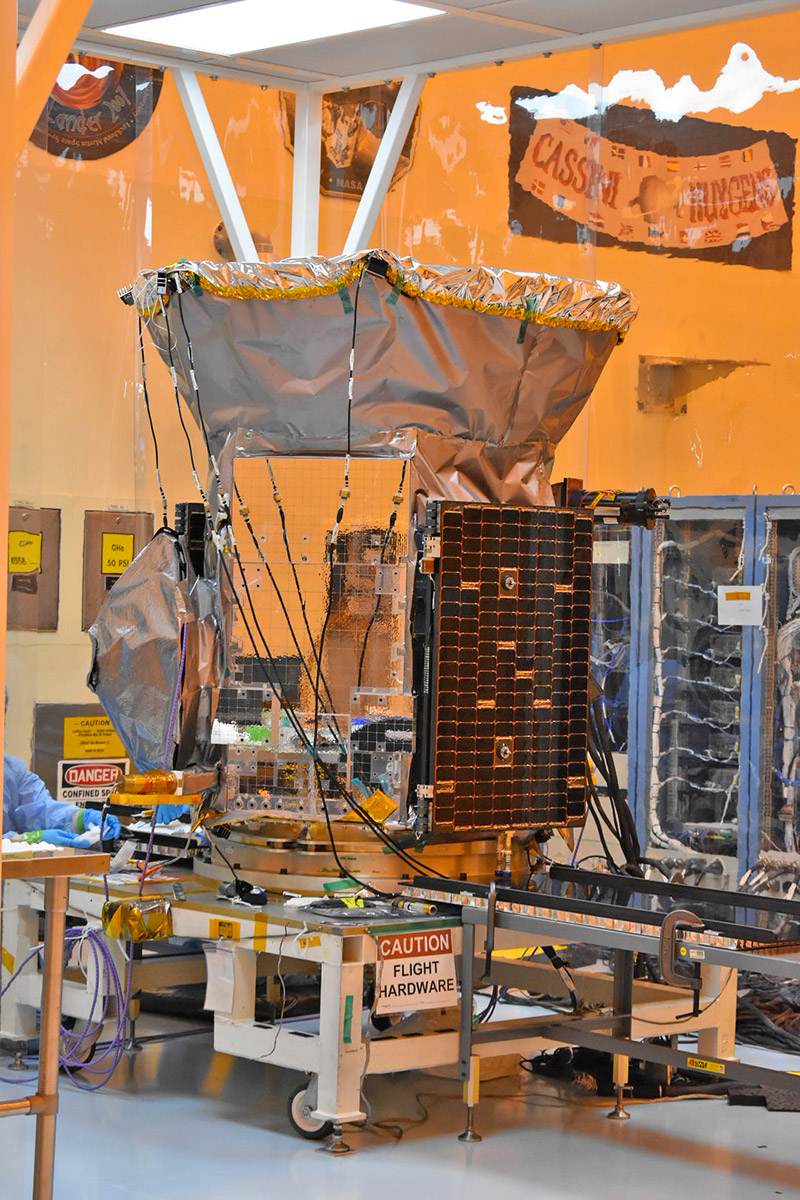
TESS will beam data back to Earth via a high-gain antenna, a silver, saucer-shaped instrument on the left side of the spacecraft.
More Than Meets the Eye
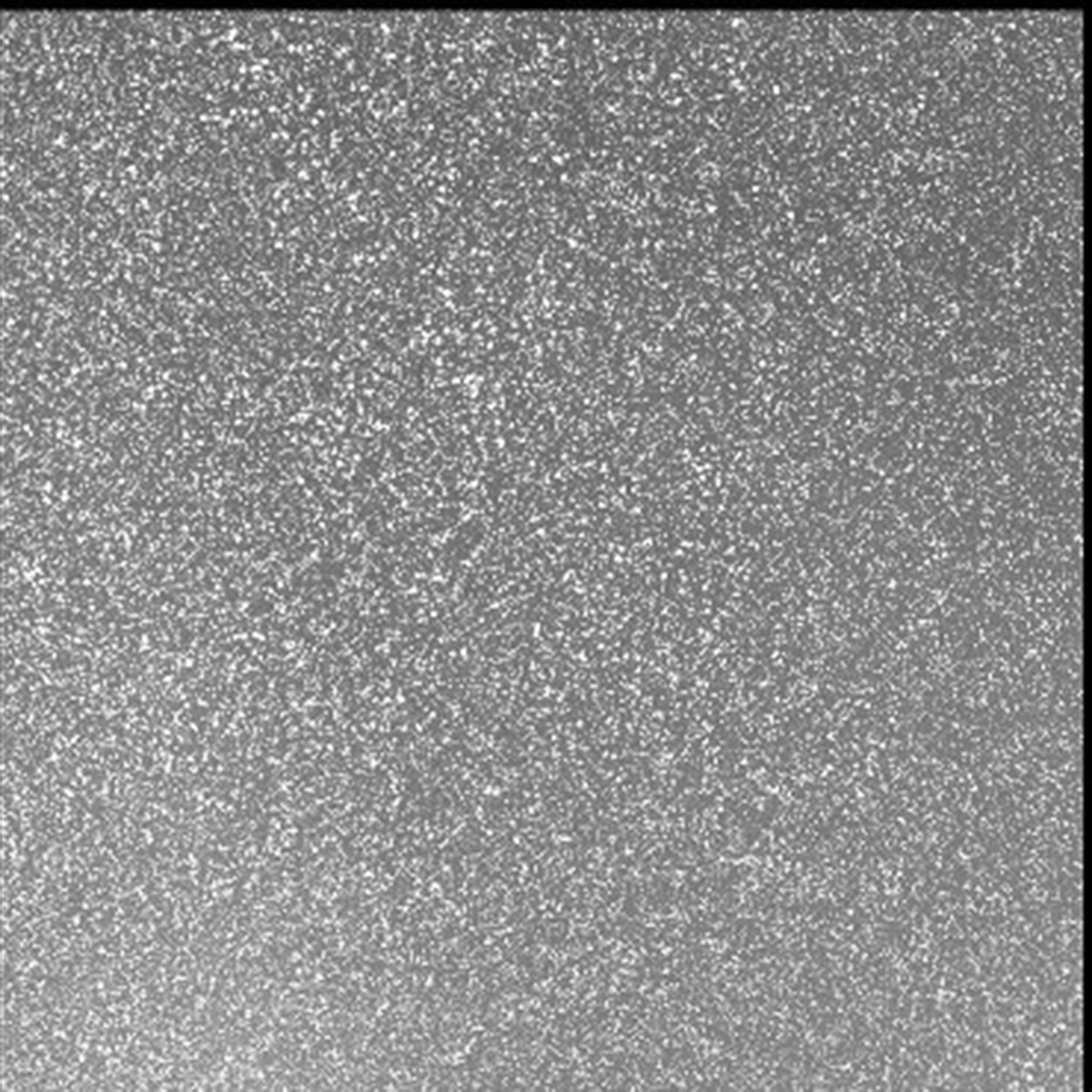
The TESS science team hopes to see images like this one when the satellite sends its first batch of data back to Earth, explained mission principal investigator George Ricker, of the Massachusetts Institute of Technology (MIT) explained. This image was taken with an engineering model of a TESS camera from a rooftop on the MIT campus.
Join our Space Forums to keep talking space on the latest missions, night sky and more! And if you have a news tip, correction or comment, let us know at: community@space.com.

Amy Thompson is a Florida-based space and science journalist, who joined Space.com as a contributing writer in 2015. She's passionate about all things space and is a huge science and science-fiction geek. Star Wars is her favorite fandom, with that sassy little droid, R2D2 being her favorite. She studied science at the University of Florida, earning a degree in microbiology. Her work has also been published in Newsweek, VICE, Smithsonian, and many more. Now she chases rockets, writing about launches, commercial space, space station science, and everything in between.









